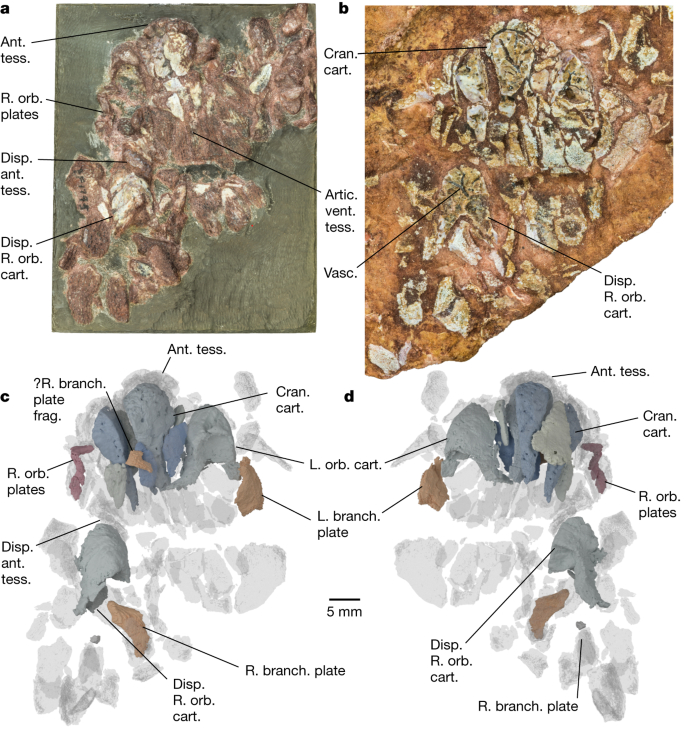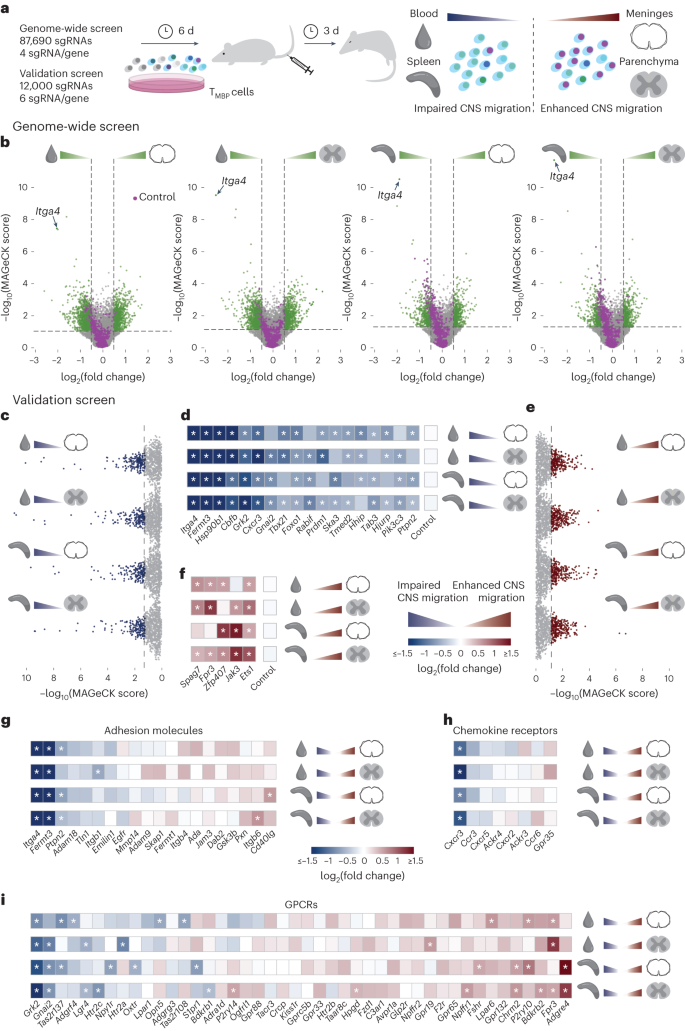2023-09-20 バーミンガム大学
◆この研究は、Eriptychiusが脳を他の部位から分離するための軟骨を持っていたことを示し、脳保護の進化の早期段階がこの化石魚から始まった可能性を示唆しています。バーミンガム大学のサンソム博士は、博物館の収蔵品と新しい技術の重要性を強調し、ナチュラリス生物多様性センターのディアーデン博士は、この化石が脊椎動物の頭部進化に関する理解を補完するものであると述べました。
<関連情報>
- https://www.birmingham.ac.uk/news/2023/prehistoric-fish-fills-100-million-year-gap-in-evolution-of-the-skull
- https://www.nature.com/articles/s41586-023-06538-y
三次元的に保存された最古の脊椎動物神経頭蓋 The oldest three-dimensionally preserved vertebrate neurocranium
Richard P. Dearden,Agnese Lanzetti,Sam Giles,Zerina Johanson,Andy S. Jones,Stephan Lautenschlager,Emma Randle & Ivan J. Sansom
Nature Published:20 September 2023
DOI:https://doi.org/10.1038/s41586-023-06538-y

Abstract
The neurocranium is an integral part of the vertebrate head, itself a major evolutionary innovation1,2. However, its early history remains poorly understood, with great dissimilarity in form between the two living vertebrate groups: gnathostomes (jawed vertebrates) and cyclostomes (hagfishes and lampreys)2,3. The 100 Myr gap separating the Cambrian appearance of vertebrates4,5,6 from the earliest three-dimensionally preserved vertebrate neurocrania7 further obscures the origins of modern states. Here we use computed tomography to describe the cranial anatomy of an Ordovician stem-group gnathostome: Eriptychius americanus from the Harding Sandstone of Colorado, USA8. A fossilized head of Eriptychius preserves a symmetrical set of cartilages that we interpret as the preorbital neurocranium, enclosing the fronts of laterally placed orbits, terminally located mouth, olfactory bulbs and pineal organ. This suggests that, in the earliest gnathostomes, the neurocranium filled out the space between the dermal skeleton and brain, like in galeaspids, osteostracans and placoderms and unlike in cyclostomes2. However, these cartilages are not fused into a single neurocranial unit, suggesting that this is a derived gnathostome trait. Eriptychius fills a major temporal and phylogenetic gap in our understanding of the evolution of the gnathostome head, revealing a neurocranium with an anatomy unlike that of any previously described vertebrate.


